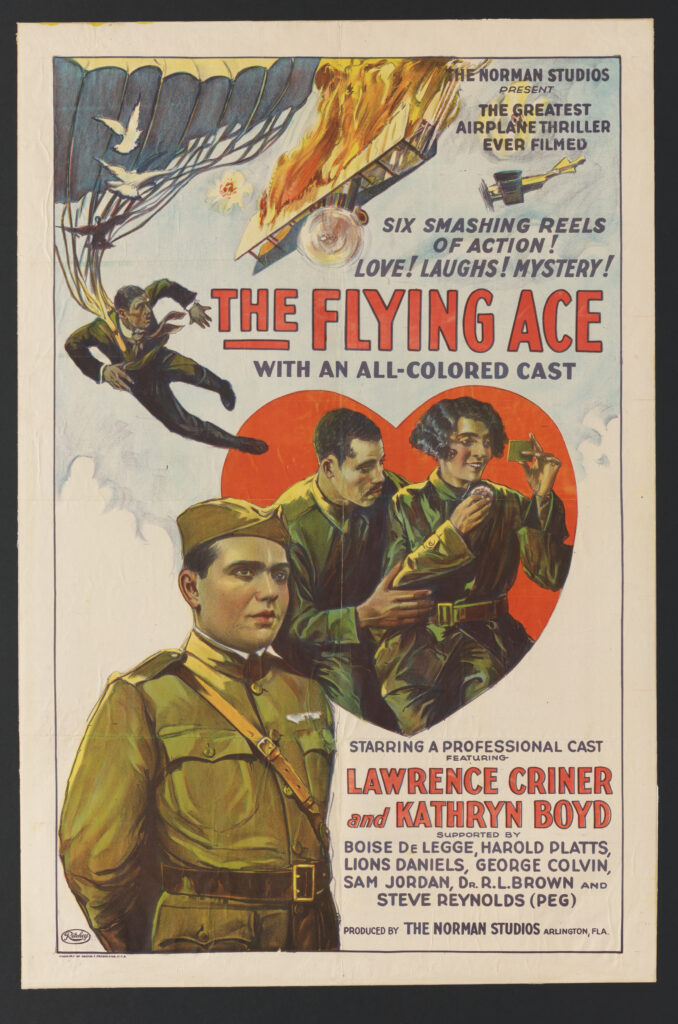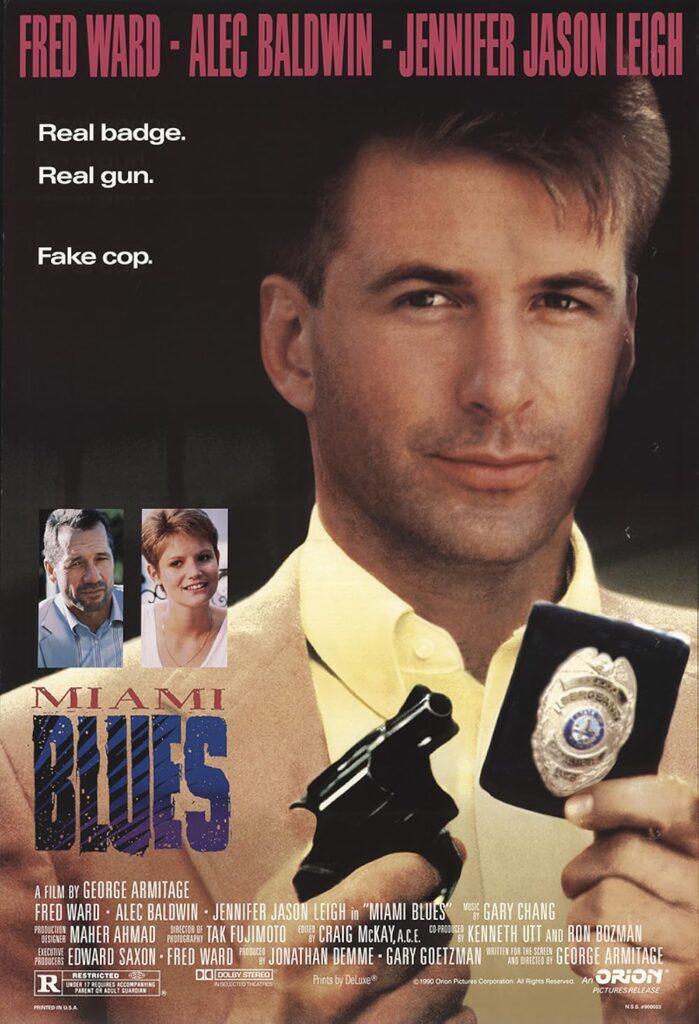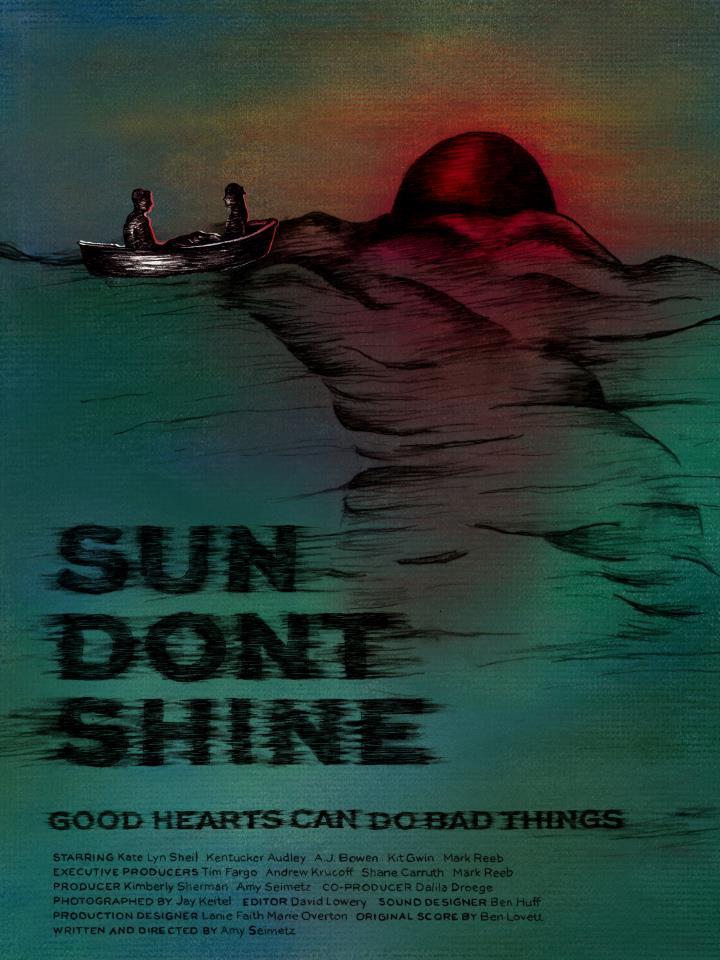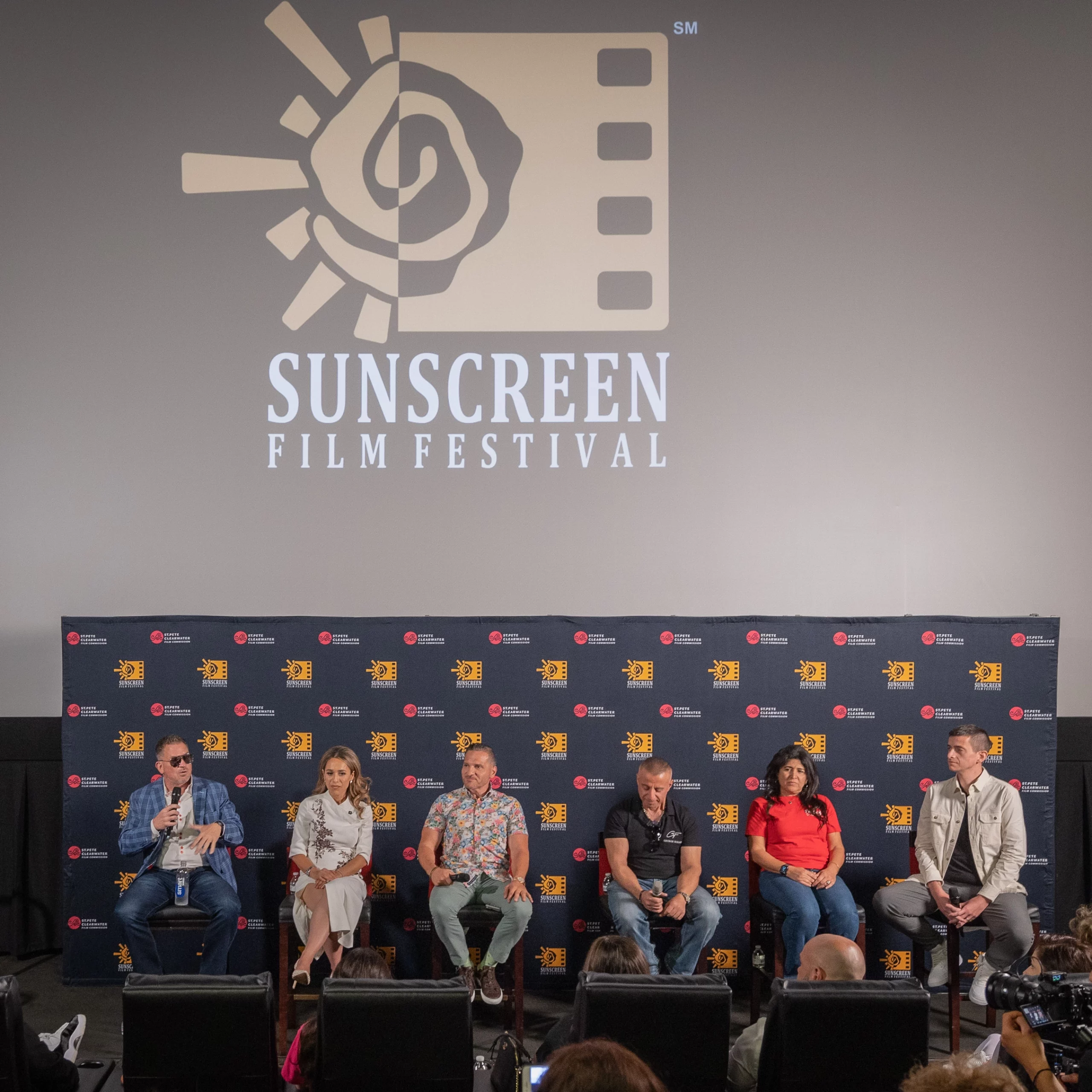10 Florida Films You May Not Know About
From the 1920s to the early aughts and after, here are 10 Florida films you probably don't know about.
Many of the most famous Florida films are almost a billboard for palm-shaded idylls, even when drug dealers get involved—see such indelible, sun-drunk action flicks as “Scarface” and “Miami Vice”—or aliens come to visit the retirement home, as in “Cocoon.” Likewise, a sense of place permeates such disparate productions as “The Truman Show,” “Edward Scissorhands” and “Creature from the Black Lagoon” that it’s impossible to imagine them being shot anywhere else but Seaside, Tampa Bay and Wakulla Springs. And then there are the movies that are either lesser-known as Florida films or might otherwise slip between the cracks of the streaming services, overshadowed by more blatant blockbusters or simply obscured by time. Just in case you need a refresher, here’s 10 of the most essential Florida films you may not know about—and really should.

“The Flying Ace” (1926)
One of the earliest Florida films is this silent caper, the sole film known to exist from the catalog of Jacksonville-based Norman Studios, which specialized in movies made for Black audiences. The silent-era feature nods to the accomplishments of pioneering aviator Bessie Coleman, the first Black woman to earn a pilot’s license. Despite the title, most of the movie is set on the ground, and involves the pursuit of a missing cache of loot, a love triangle and a thrilling finale that seemingly incorporates all modes of motion: foot, bicycle, car and airplane. The film is preserved in the National Film Registry.
“Cool Hand Luke” (1967)
Although it’s set at a Florida prison farm modeled on the Tavares Road Prison, which inspired former inmate Donn Pearce to write the novel adapted for the movie, people are more likely to remember this classic ‘60s antihero fable for Paul Newman’s charismatic performance than its location (which in reality was Stockton, Calif.). The great leading man earned his fourth Academy Award nomination for best actor as Luke, a rebellious prisoner whose epic acts of defiance earn the respect of his fellow inmates. Its famous line is spoken by actor Strother Martin as a prison boss: “What we have here is a failure to communicate.”
“Night Moves” (1975)
One of the late, great Gene Hackman’s signature roles is in this contemporary film noir set in the Florida Keys. He brings an air of rumpled injury to the role of Harry Moseby, a former pro football player turned freelance Los Angeles gumshoe who is hired to track down a teen runaway (Melanie Griffth, 16 during the production, in her first credited screen role). His quest leads him into an existential puzzle of cloudy conspiracies and uncertain resolutions—a mirror of the era. It’s an often-overlooked gem in the career of director Arthur Penn (“Bonnie and Clyde,” “Little Big Man”).
Want more on all things Florida film and streaming? Sign up for our new monthly newsletter, “Dollar Matinee.”
“Vernon Florida” (1981)
Before he reinvented the modern-day documentary with his celebrated 1988 film “The Thin Blue Line,” Errol Morris had spent a lot of time hanging out in rural North Florida, capturing the eccentric antics and blissfully unhinged anecdotes of local characters in the Panhandle town of the title. It’s a story of obsessions and the quirks of consciousness, as an array of vivid personalities—including a turkey-fixated hunter and a preacher hung up on linguistic minutiae in the gospel of Paul—hold forth for their genial, and quietly stunned, inquisitor.
“Day of the Dead” (1985)
Zombies are a dime a dozen these days, but the brain-eating undead were still kind of an underground novelty in the mid-’80s when “Night of the Living Dead” creator George A. Romero dropped his second sequel to the original 1968 shocker. It’s probably less well-recalled now than the 2008 remake (which boasted stars like Nick Cannon and Ving Rhames), but remains (no pun intended) an essential part of the “Dead” canon. The terrifying opening scene shows downtown Fort Myers overrun by zombies, as a crew of survivors fly in a helicopter off the coastline. Romero was a Florida resident at the time, so the film served—in its extremely gory way—as a tribute to his adoptive home.

“Miami Blues” (1990)
One of many movies adapted from the work of pulp-fiction icon Charles Willeford, this twisted comedy is a low-key gem. Alec Baldwin, still in his leading-man period, plays a sociopath on a dangerous spree who hooks up with a failed prostitute (Jennifer Jason Leigh) while dodging his nemesis, Sgt. Hoke Moseley (Fred Ward), the world-weary protagonist of multiple Willeford novels. Directed by George Armitage, the film is a kind of spiritual sequel to “Married to the Mob,” which producer Jonathan Demme had just shot in Miami, and shares its freewheeling spirit and offbeat characters.
“Ruby in Paradise” (1993)
A time capsule of Panama City before the onset of condominiums made it into a timeshare mecca, this beachtown reverie isn’t only about civic transitions. Actress Ashley Judd had her breakthrough debut as the title character, a young woman who flees Kentucky to start a new life. Written, directed and edited by Victor Nunez, a pioneer of independent American cinema in the 1970s, the film is as rich in coastal atmosphere as it is in nuances of character. And Judd wasn’t the only discovery. Her co-star was Todd Field, still early in a career that led him to five Academy Award nominations for his three directorial efforts, “Little Children,” “In the Bedroom” and “Tar.”
“Sunshine State” (2002)
Fernandina Beach is the real-life setting for this racially tinged drama that might be called A Tale of Two Beaches: the fictional Delrona and Lincoln beaches, the latter based on the historical American Beach, founded in 1935 as a resort for Black families who were denied access elsewhere in the segregated South. The ensemble cast, as common to the films of writer-director John Sayles, impresses, with blue-chip actors Jane Alexander, Angela Bassett, Timothy Hutton and Mary Steenburgen. Likewise with Sayles, the story anchors strong characters to a criss-crossing weave of social issues relevant to its locale. In this case, real estate development—always a sure bet for drama in the Florida.

“Sun Don’t Shine”
2012
Amy Seimetz, a Florida State University classmate of Barry Jenkins, made this indie tone-poem years before Sean Baker’s “The Florida Project” and Janicza Bravo’s “Zola” traversed much the same mythic Central Florida terrain—shooting in and around her hometown of St. Petersburg. The humid thriller about lovers on the lam looking to ditch a dead body is a love letter both to the Sun Coast and to vintage pulp psychodrama, but one that soaks up all the sweat, bugs and sun-baked stickiness it finds.
“Pain & Gain” (2013)
The least Michael Bay movie Michael Bay ever made is a Transformers-free comedy about a violent crime ring of Miami bodybuilders (played by Mark Wahlberg, Duane “The Rock” Johnson and Anthony Mackie) whose kidnapping and extortion plots lead to mayhem. If the movie, with its bone-headed ‘roid freaks trying to make a big score, flaunts a seemingly unlikely Coen brothers vibe, the actual facts (reported in a series of articles by Pete Collins for Miami New Times) are extremely grisly. But such is the power of satire plus a hefty dose of Florida Man insanity.





